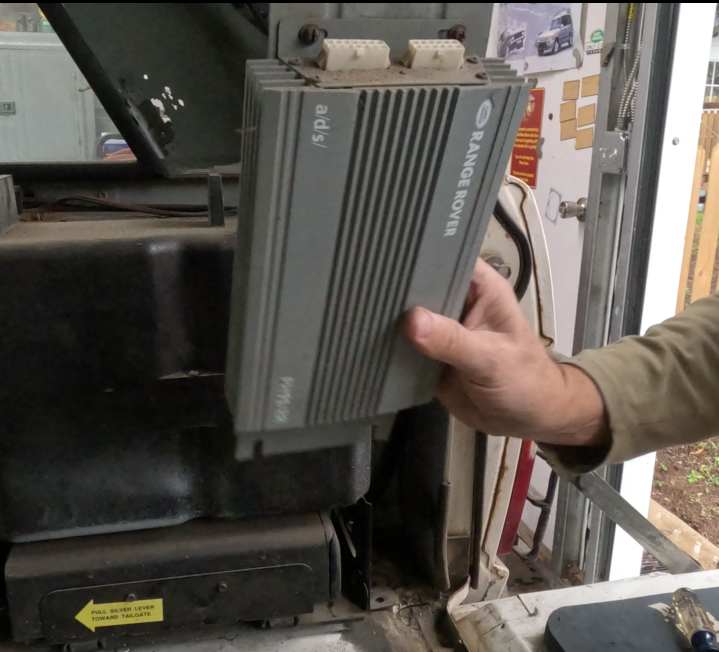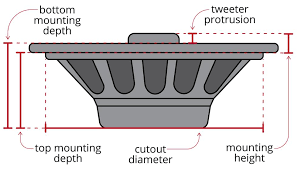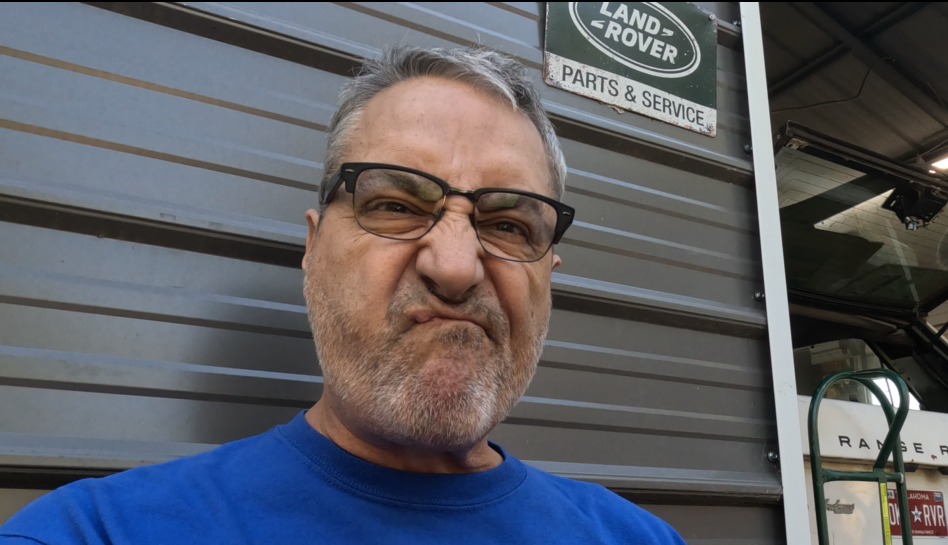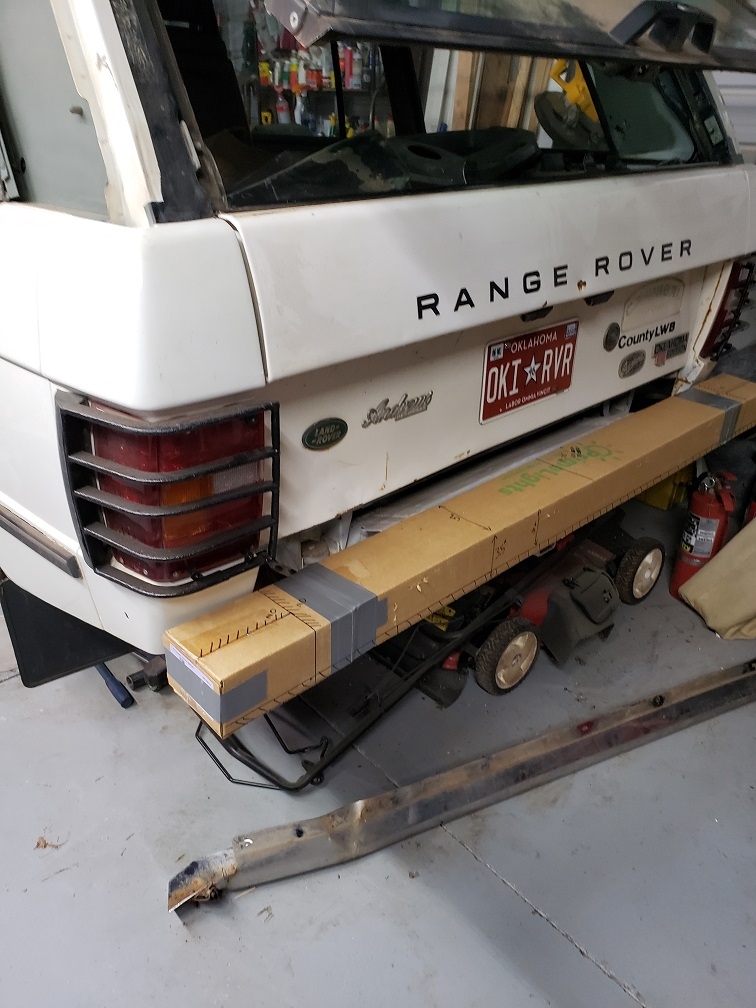In this video I start the repairs on the B Pillar. As you have seen it rusted out. I was able to find a replacement part from YRM. It cost the equivalent to a really nice bottle of rum to ship it over from England. The shipping was as much as the part. Such is the world of British vehicles and getting parts from the motherland I guess.
This repair involved removing the passenger side rear door. The workshop manual was very helpful. I actually read the instructions. Three C clips and some liquid persuasion (Liquid Wrench).
I got the bottom of the post cut off. I should have scribed a straight line and cut along it. But I’m a moron. I got to use my new air chisel, that was kinda cool. That coupled with my new air compressor worked quite well.
I got the bottom of the B pillar off and made a template for the sill where I had to patch it. The really terrible lines I cut made the repair patch pretty hard to work with. A better way would have been to make a template, place the template on the sill and cut around it. Live and learn I guess.
But I finally got it made. I think it looks pretty good. I mean, I’m not a professional auto body guy. I put primer on everything. The entire sill should probably be sprayed with bedliner/stonechip/whatever. There will be rock sliders built and installed so I’m not worried about the structural quality of my welds. The entire weight of the sill will be distributed across the sill in the end.
Off camera I also cleaned off some of the rubberized underbody and wire wheeled a bunch of rust off. The welds of the floor repair the Evil German and I completed a while back were rusting. I got the rust removed and got primer on it. It’s now ready for some stonechip seal/bedliner stuff.
Also off camera I found that the floor repair we fixed has completely failed. The rust was really bad. I have another repair to sort out now. This one was a gut punch because I was hoping to wrap up all the rust except for the rear floor panel. Heavy sigh…..
If you were wondering why I jumped from Post #642 to #645, I posted two videos without accompanying blog posts. You can check them out here on these two links.
OKC Overland Meetup February 2024 (Post #643) 2/18/2024
More Rust (Short) (Post #644) 2/19/2024 (which you see above)
Thanks for reading and Happy Rovering
As always, Like and Subscribe to the blog and the videos.










